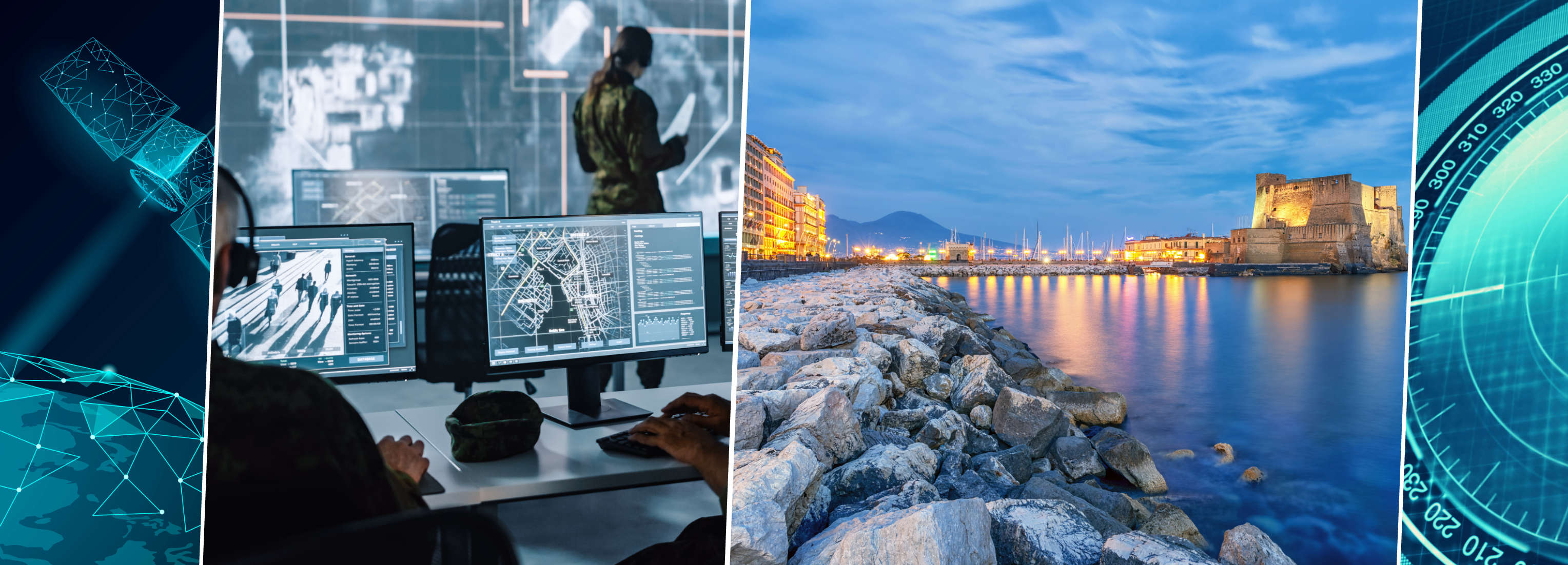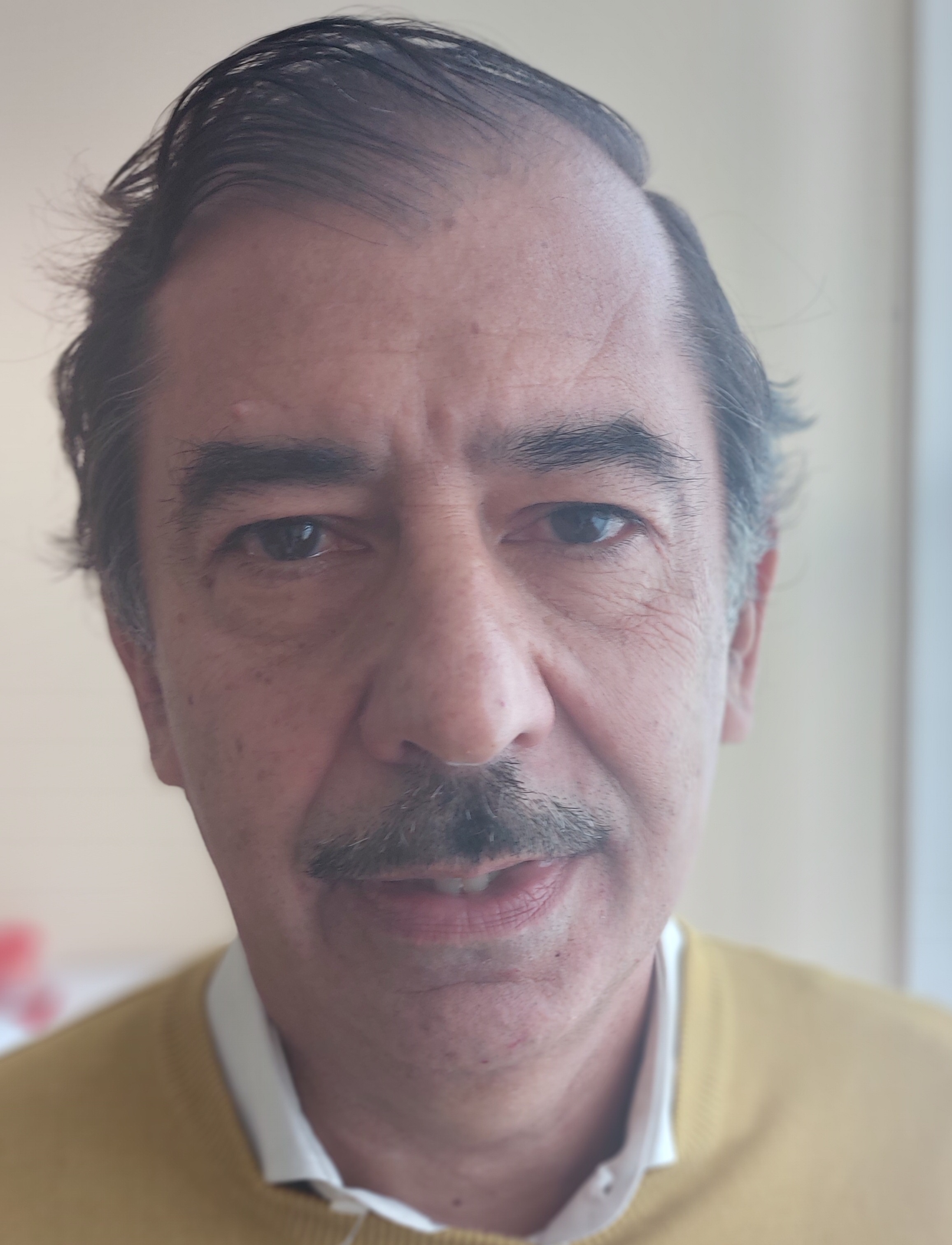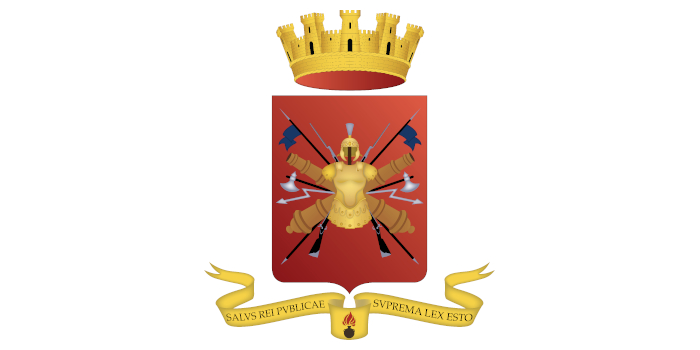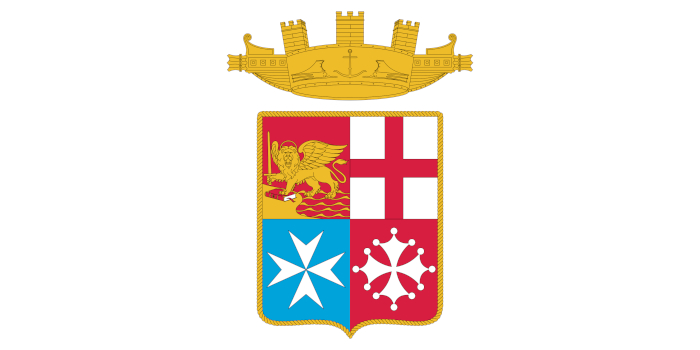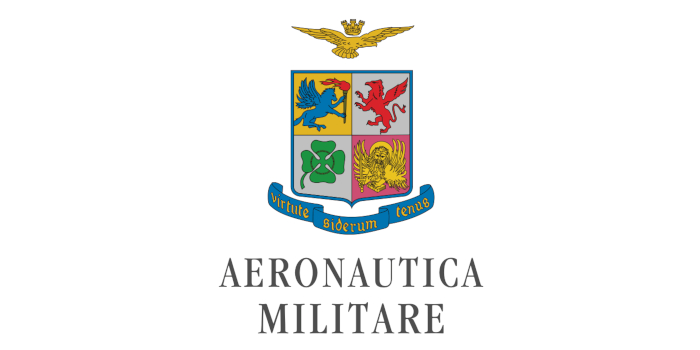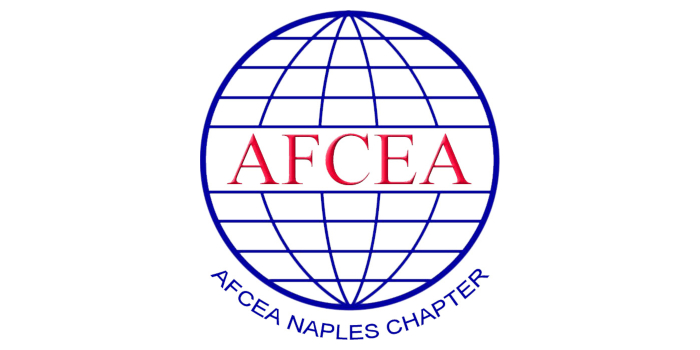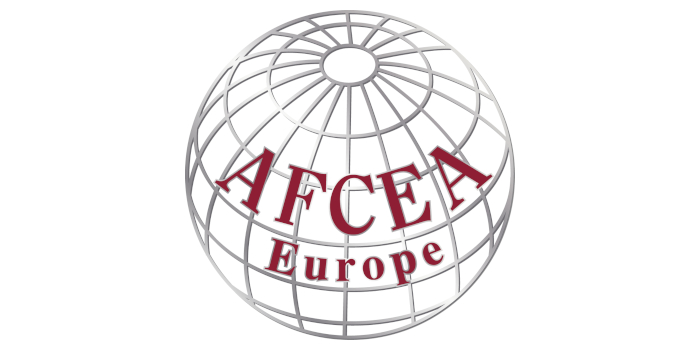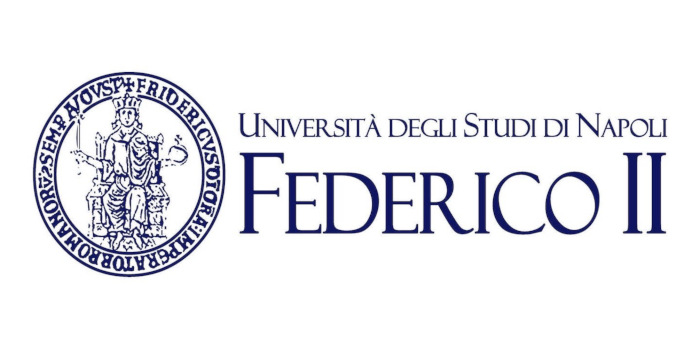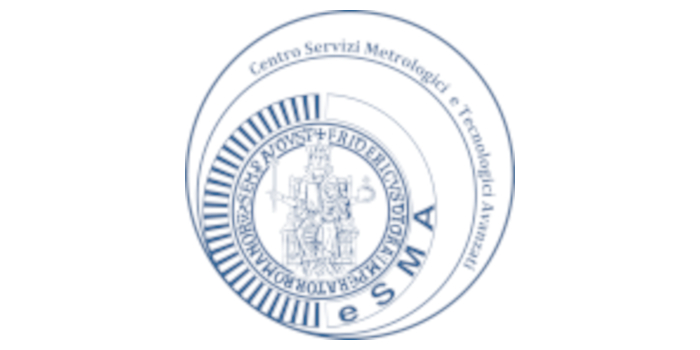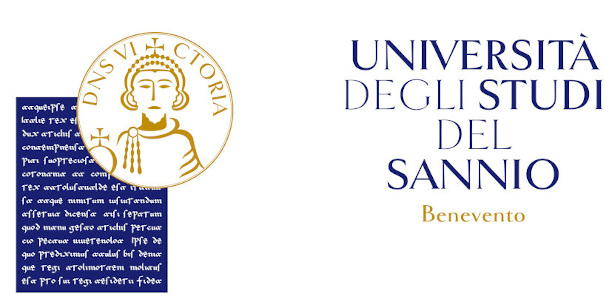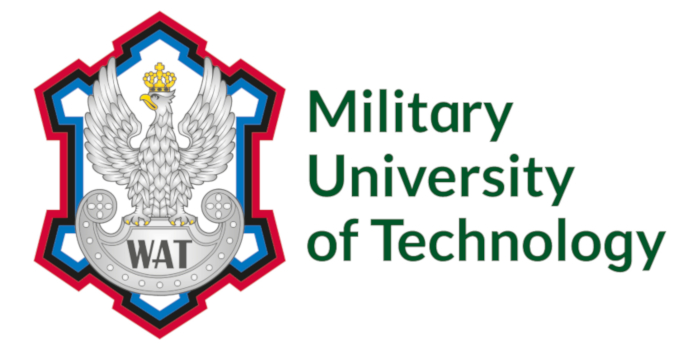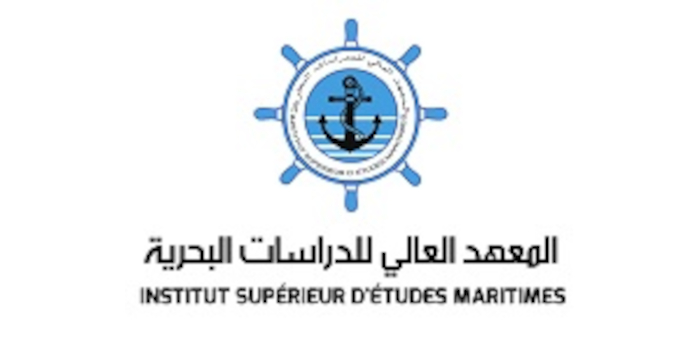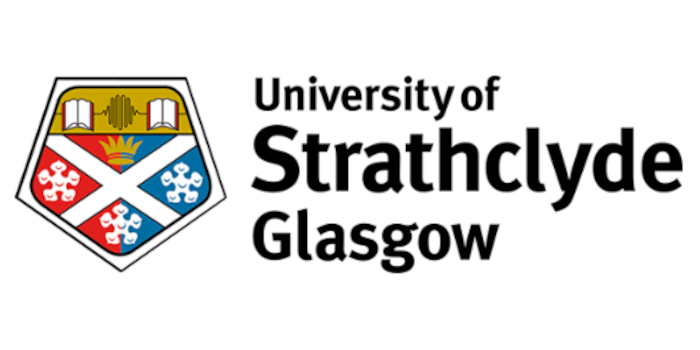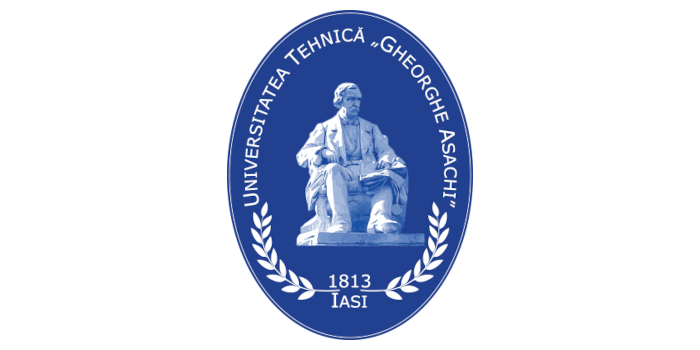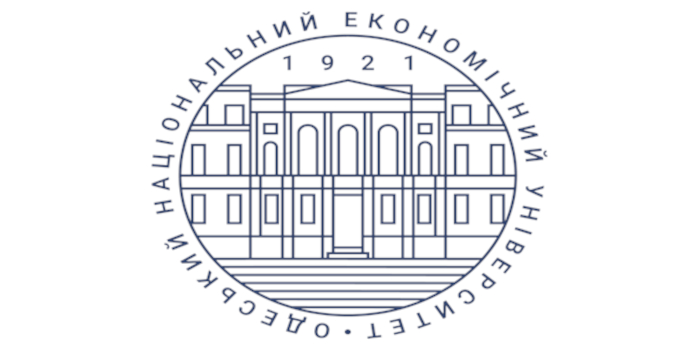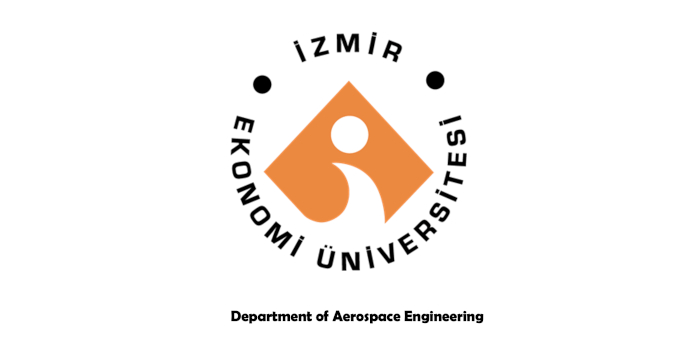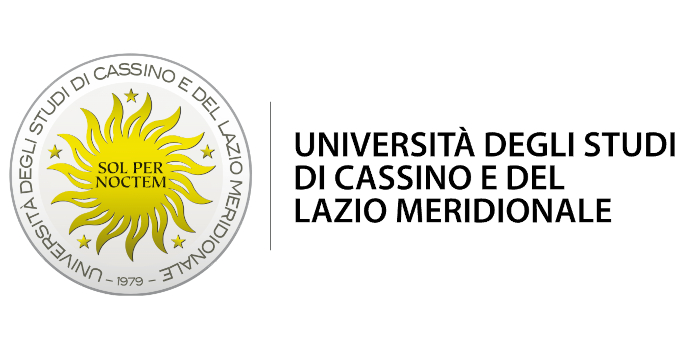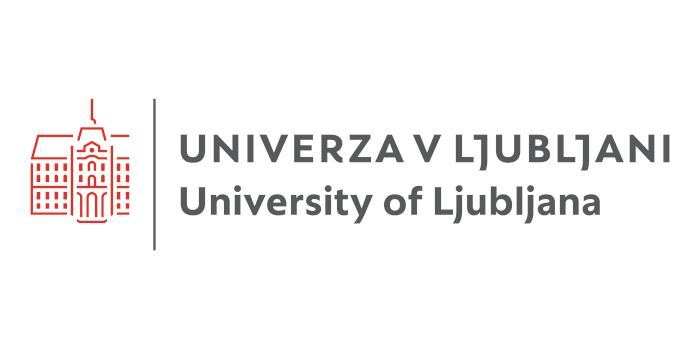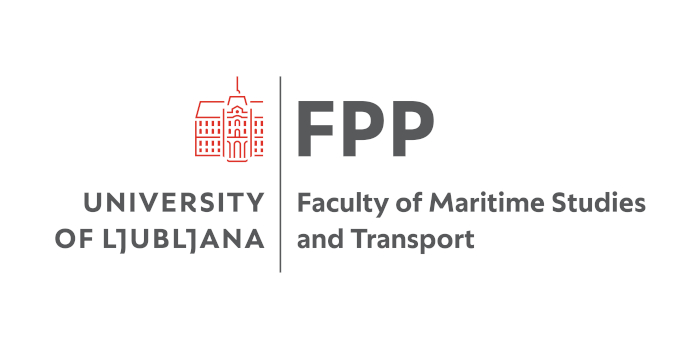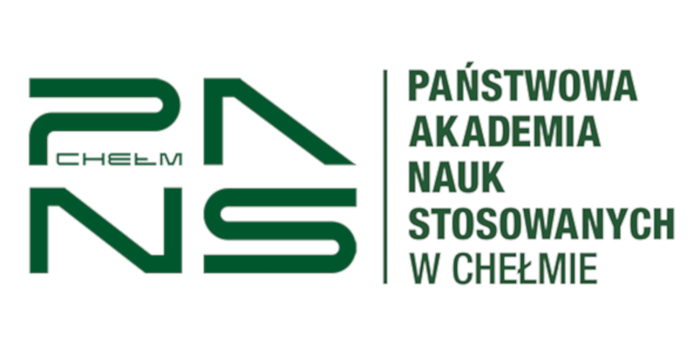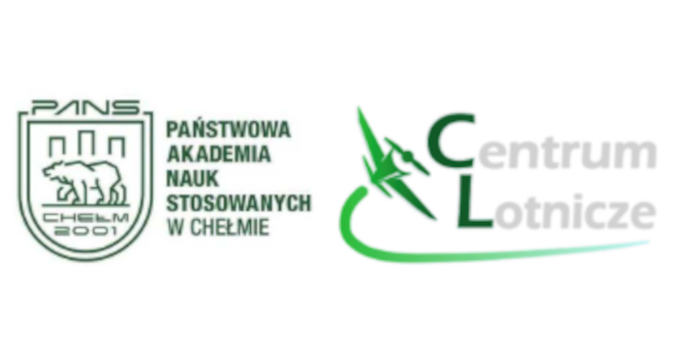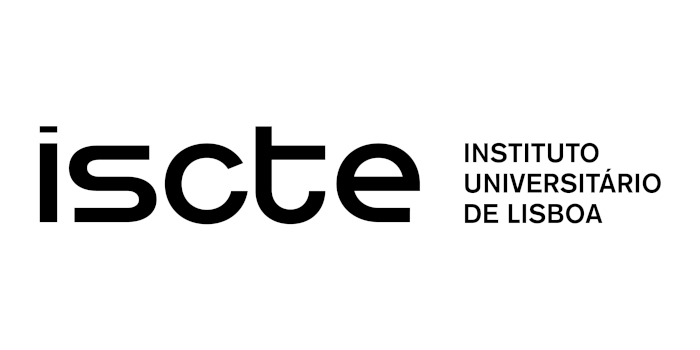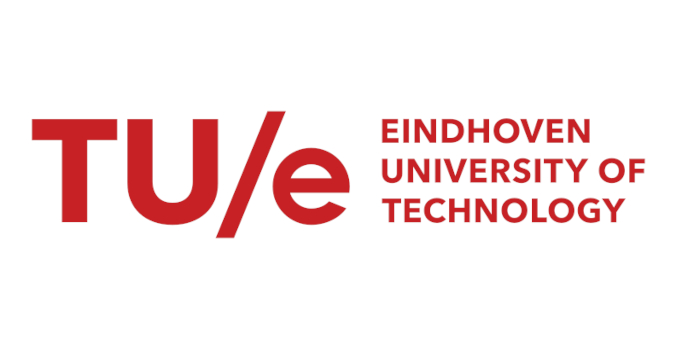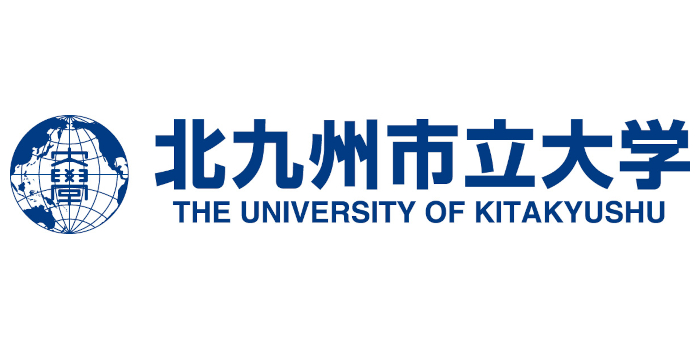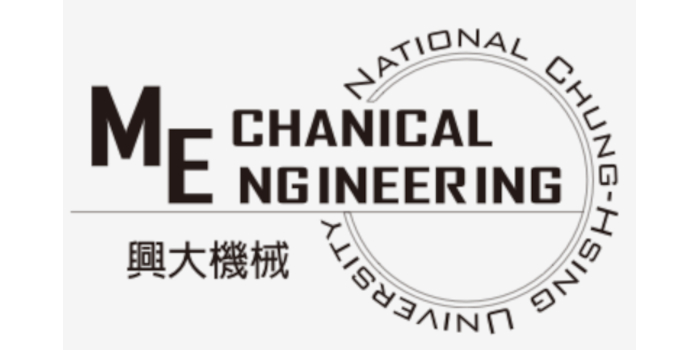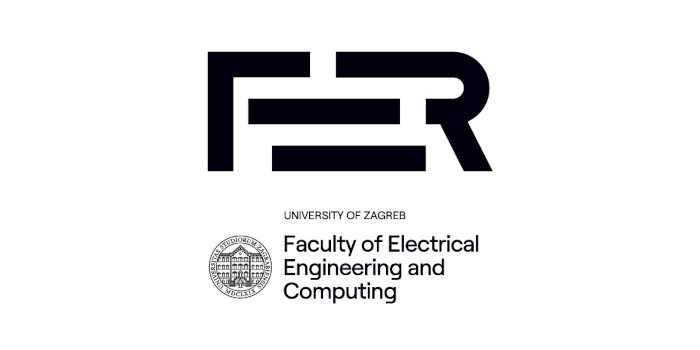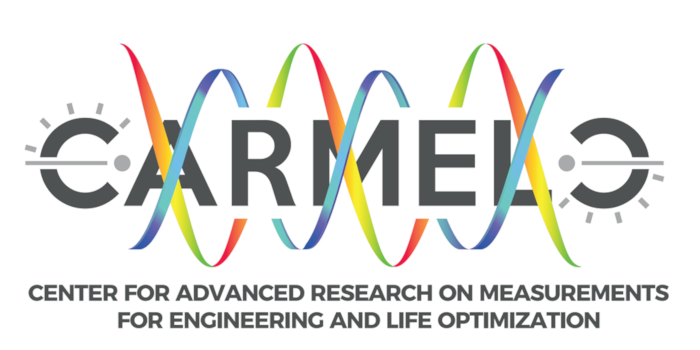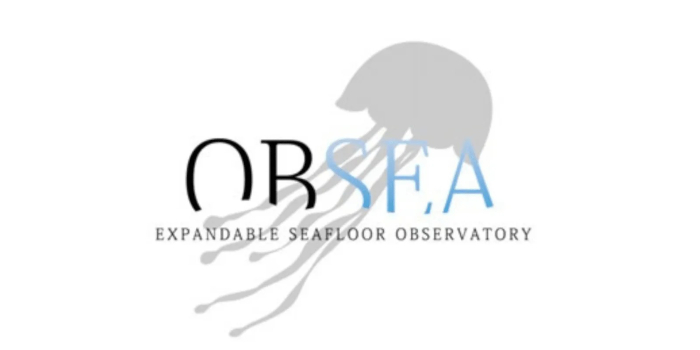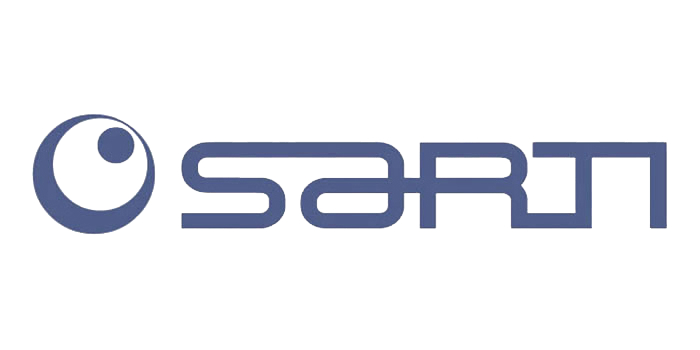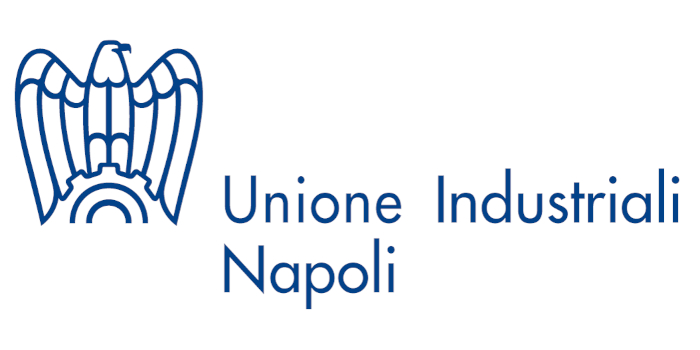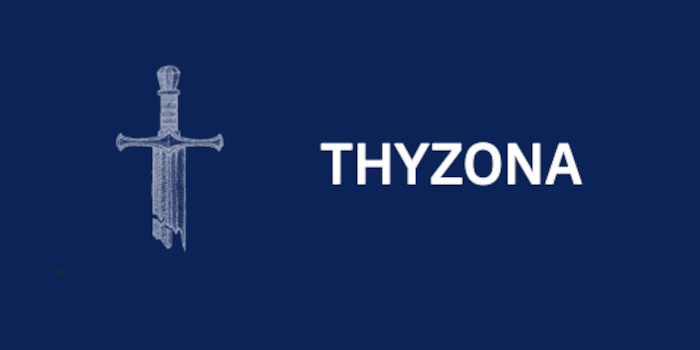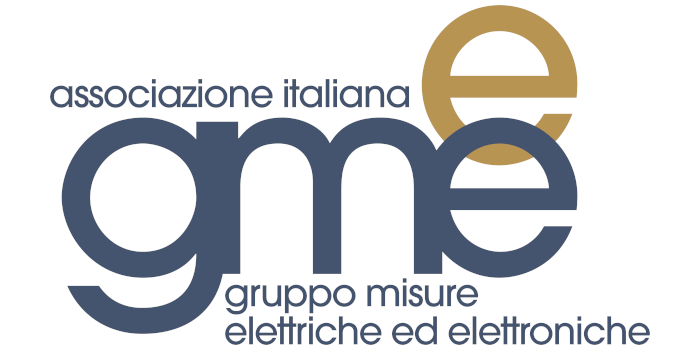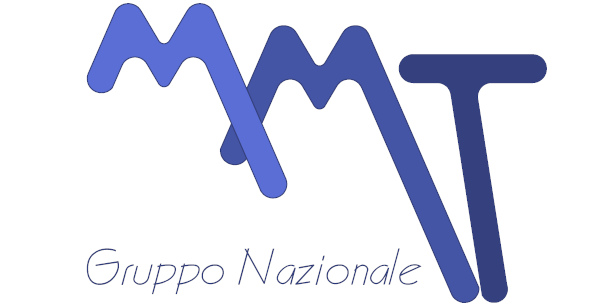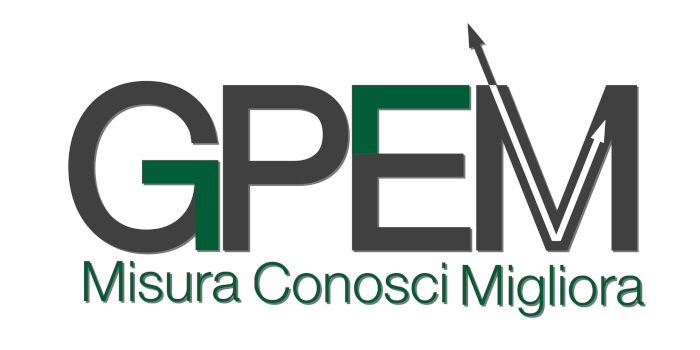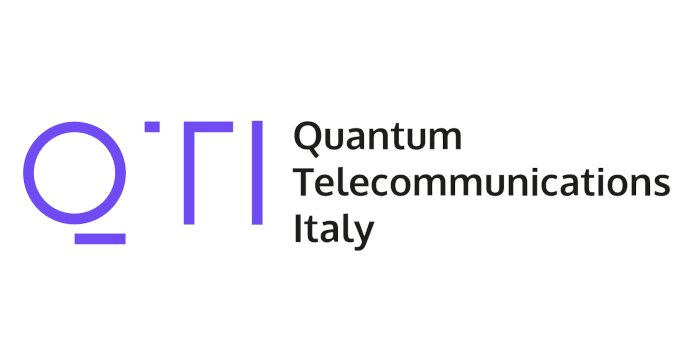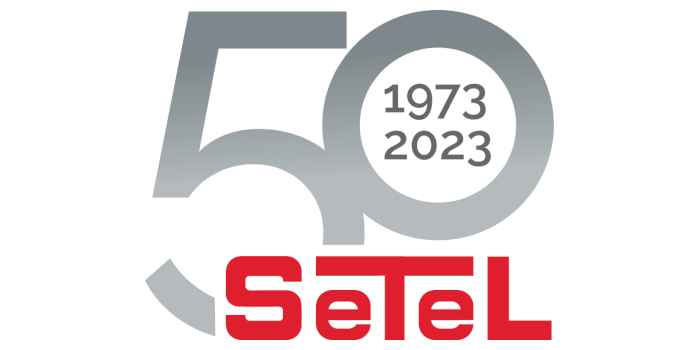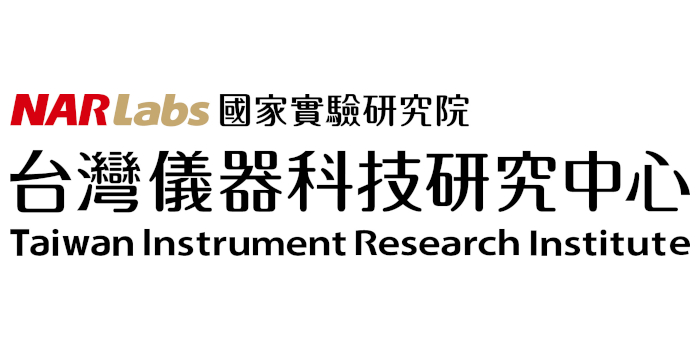New technologies for future radar
Filippo de Stefani
Leonardo
ABSTRACT
Leonardo is an international industrial group that creates multi-domain technological capabilities in the Aerospace, Defence & Security sectors.
With over 51,000 employees worldwide, the company has a significant industrial presence in Italy, the United Kingdom, Poland, and the United States, and operates in 150 countries also through subsidiaries, joint ventures and shareholdings. A protagonist of the main international strategic programs, it is a technological and industrial partner of Governments, Defense Administrations, Institutions and companies. In 2022, it recorded consolidated revenues of € 14.7 billion and new orders of € 17.3 billion. Innovation, continuous research, digitization and sustainability are the pillars of its business around the world.
Radar is one of the areas where Leonardo is active, offering advanced products. In this field, Leonardo remains at the forefront of technology with its AESA radar systems. A brief overview of some key products will be provided, and potential future developments will be explored, considering technological progress in various sectors.
SPEAKER BIOGRAPHY
F de Stefani carries out his activity at Leonardo where he is responsible for the Innovatio Hub within the Innovation group of the Electronics division.
Previously he held the role of manager of the radar head processor (from A/D converter to track) with innovative projects and state-of-the-art processing architectures
He participated in the CNR "Information Systems and Parallel Computing" project.
He was Project Leader in the ESPRIT TRACS (TRAffic Control Systems) project and held the role of Project Manager of the ECHOES project within the IV framework program of the European community.
He was project manager of an internal project for the creation of an RHP (Radar Head Processor) to be used for the control of maritime traffic in ports.
In the academic year 91-92 he was a contract professor at the University of Pisa for the course "Introduction to computer systems" in the school for special purposes of technologies for environmental protection and safety.
In the academic years 93-94, 94-95, 95-96 he was a contract professor at the University of Pisa for the "Fundamentals of Computer Science" course for the university diploma in mechanical, chemical and logistics engineering.
He is the author of around 20 articles published in international journals

